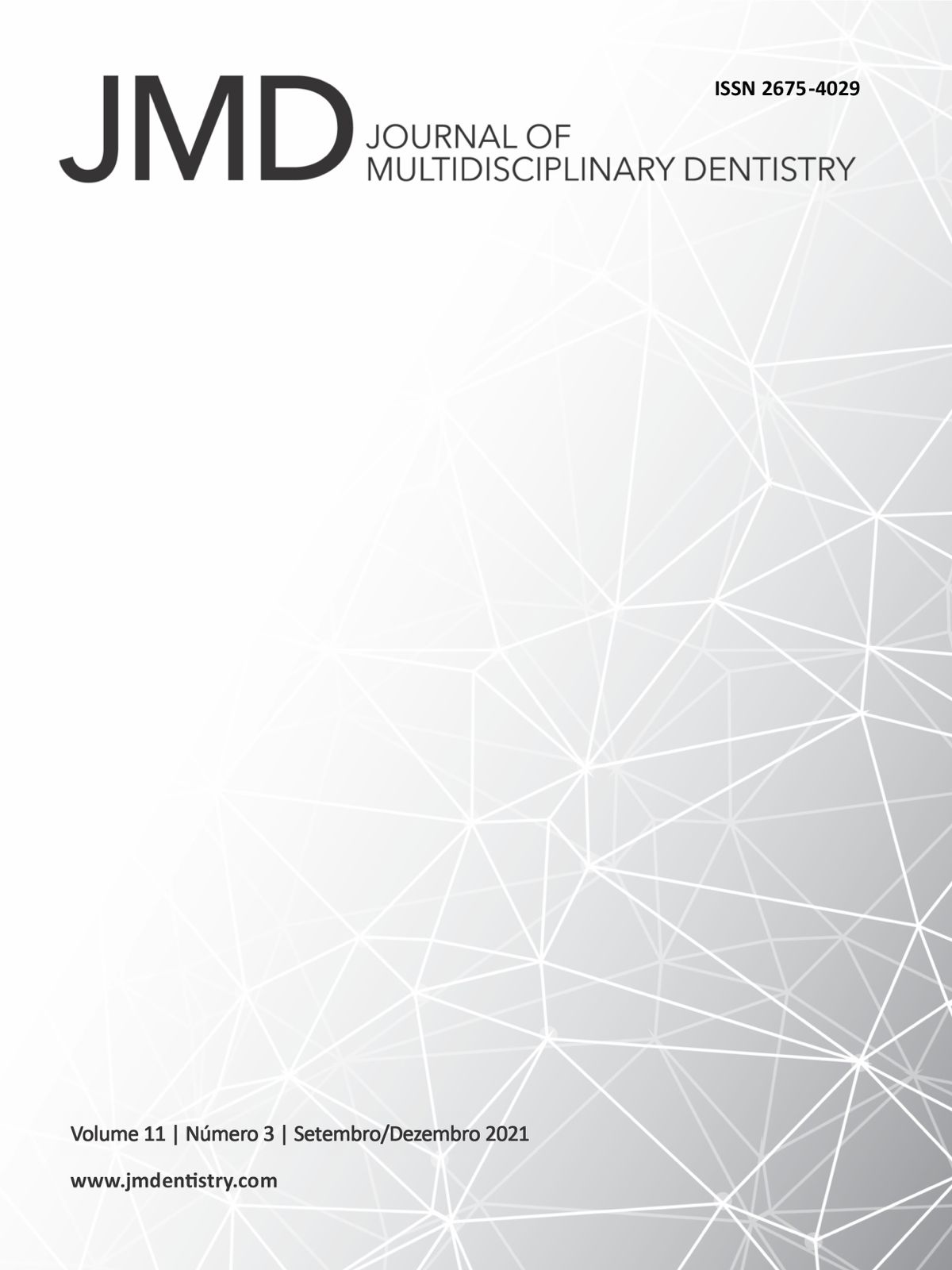Orthodontics in the digital age
DOI:
https://doi.org/10.46875/jmd.v11i3.891Keywords:
Orthodontics, Radiography, dental, digital, Orthodontic appliances, removableAbstract
Orthodontics is constantly evolving and increasingly new technologies are emerging. The aim of this study was to perform a literature review on orthodontic practices that are being modified by the insertion of digital tools. The incorporation of technological tools in the orthodontic routine aimed to simplify and increase the effectiveness of treatment. The first changes that these technologies provided were in digital photographs and radiographs field that provided higher resolution, fast image capture, immediate access, practical storage and easy information transmission. The digital models, obtained by intraoral scanning of the patient's arch, eliminated the molding of the dental arch, facilitated storage and allowed integration with other digital files, providing more easily diagnosis and treatment planning. Specialized software enabled virtual planning through sequential three-dimensional image simulations, contributing to the predictability of orthodontic movements and providing easiness, safety and greater accuracy. Finally, a new model of aesthetic orthodontic appliance was created as an alternative method to fixed orthodontic appliances, the aligners, offering more comfort and aesthetics to the patient. It was concluded that the insertion of digital tools in orthodontics had several advantages, streamlined the procedures, presented greater efficiency, provided instant digital information, immediate exchange of information and decreased the clinical time demanded by the orthodontist. Therefore, it is believed that the growth and evolution of digital systems enhance and offer general benefits to orthodontists and patients.


